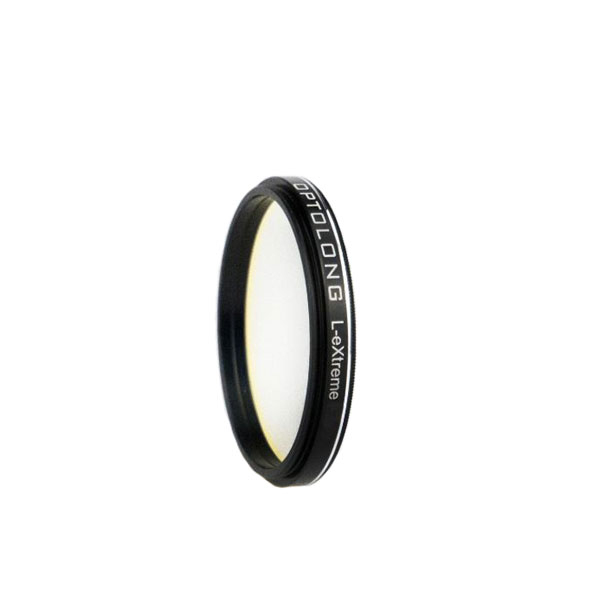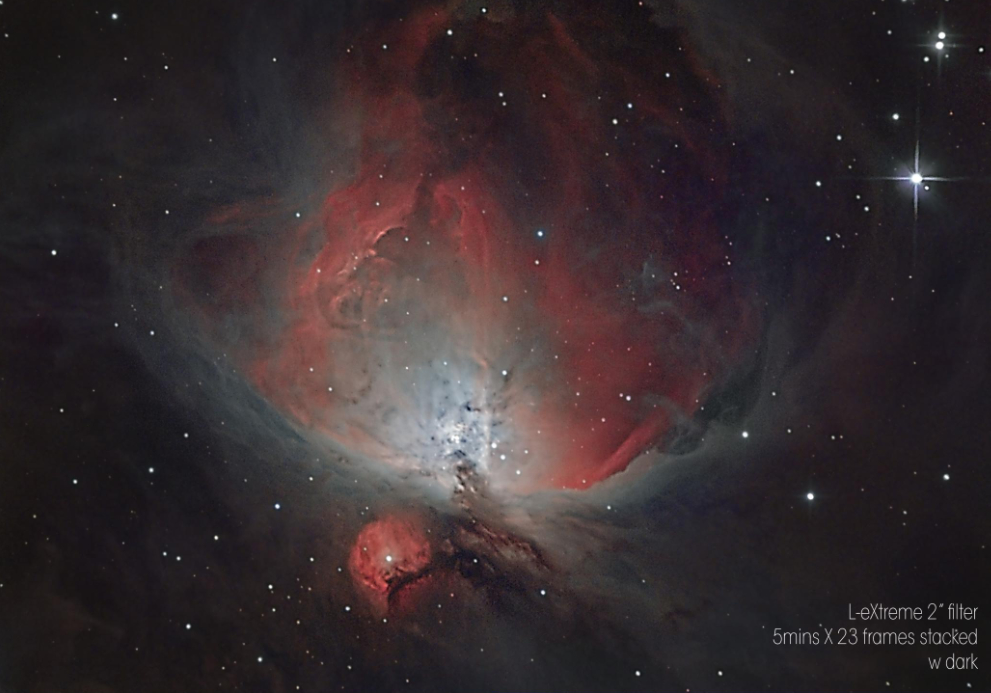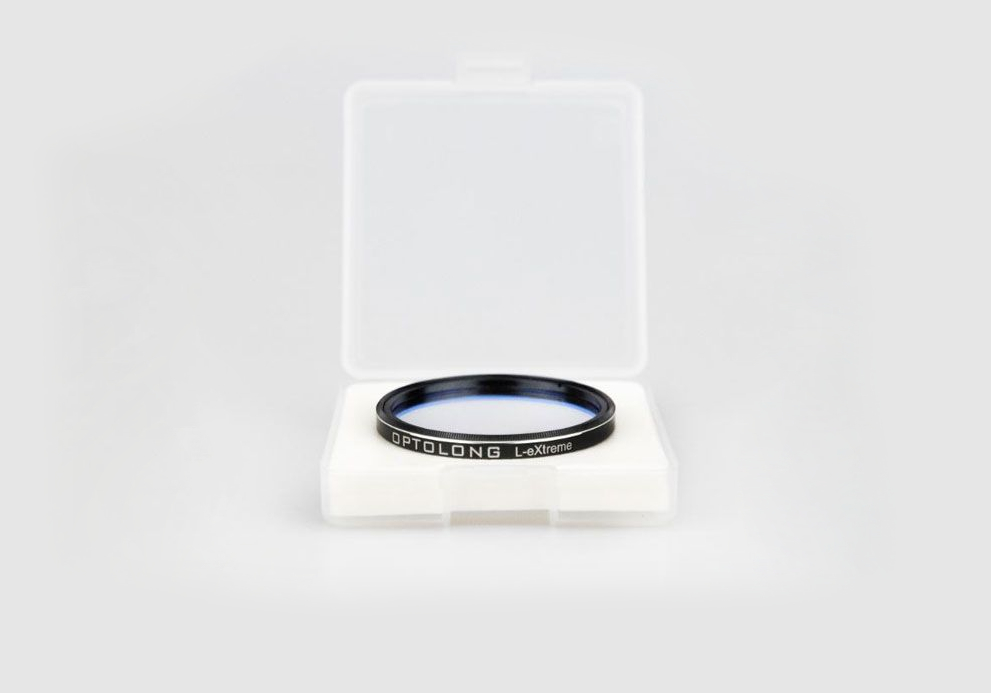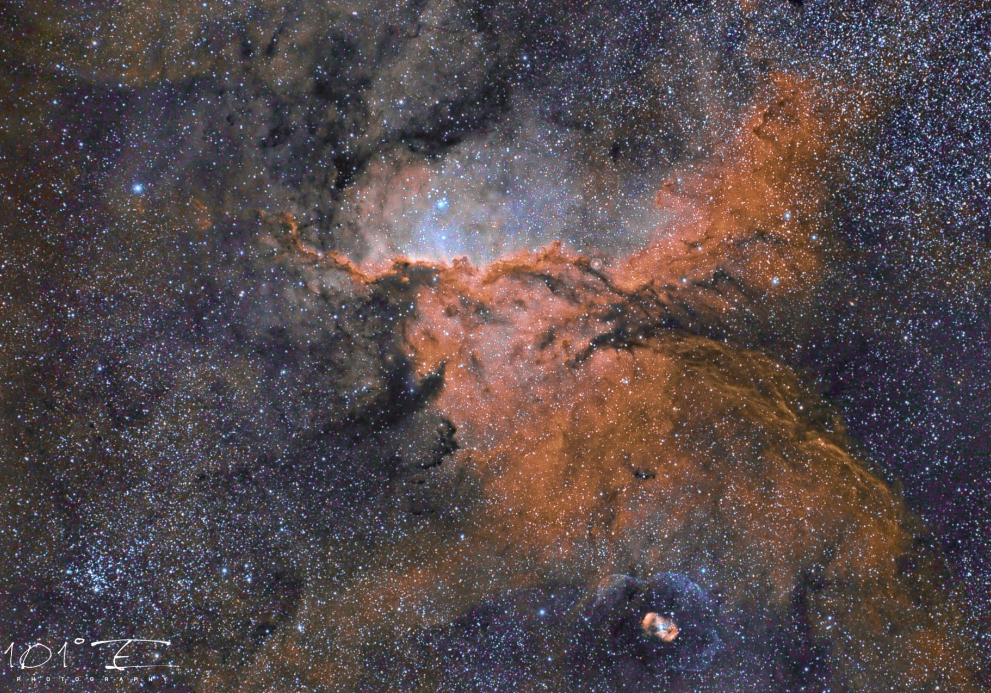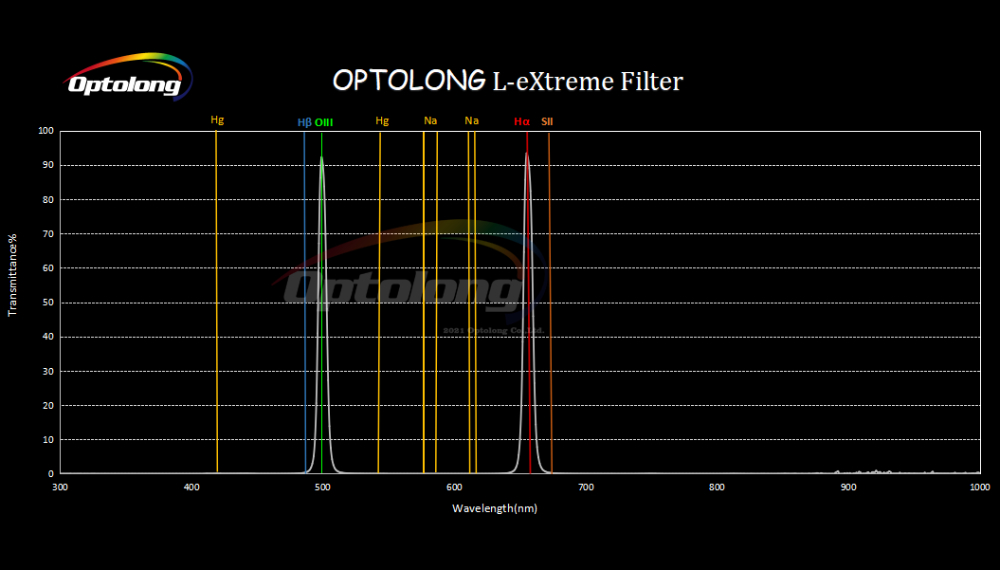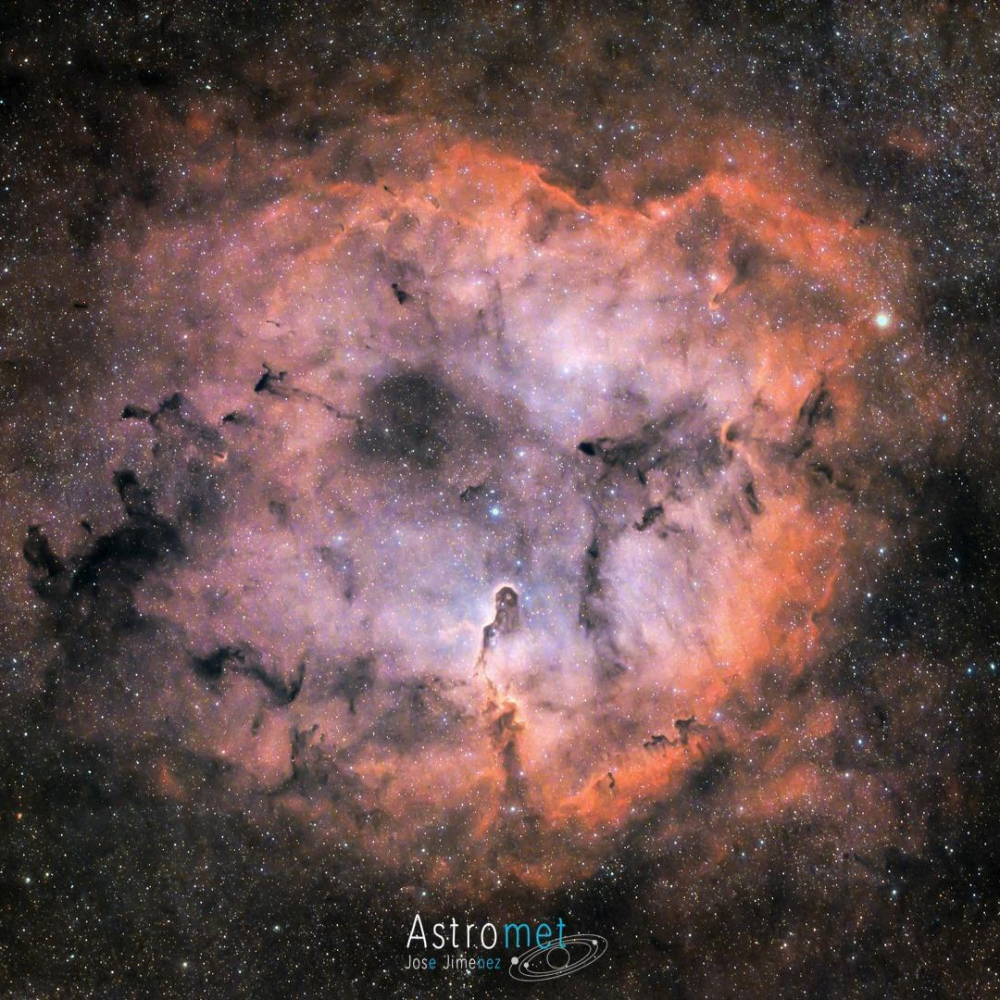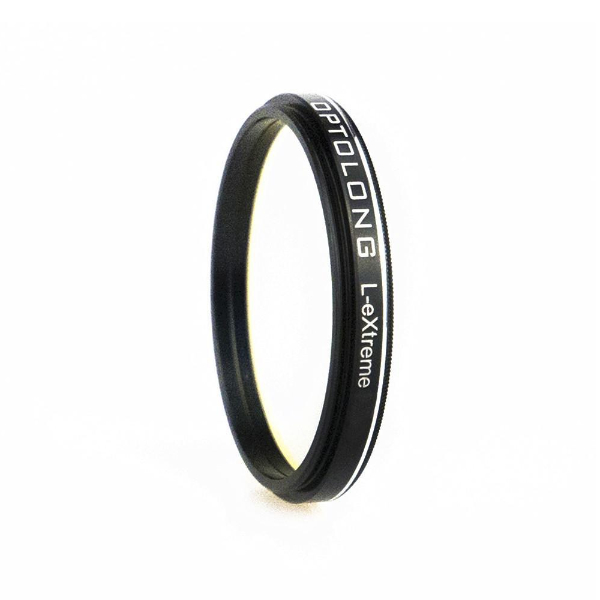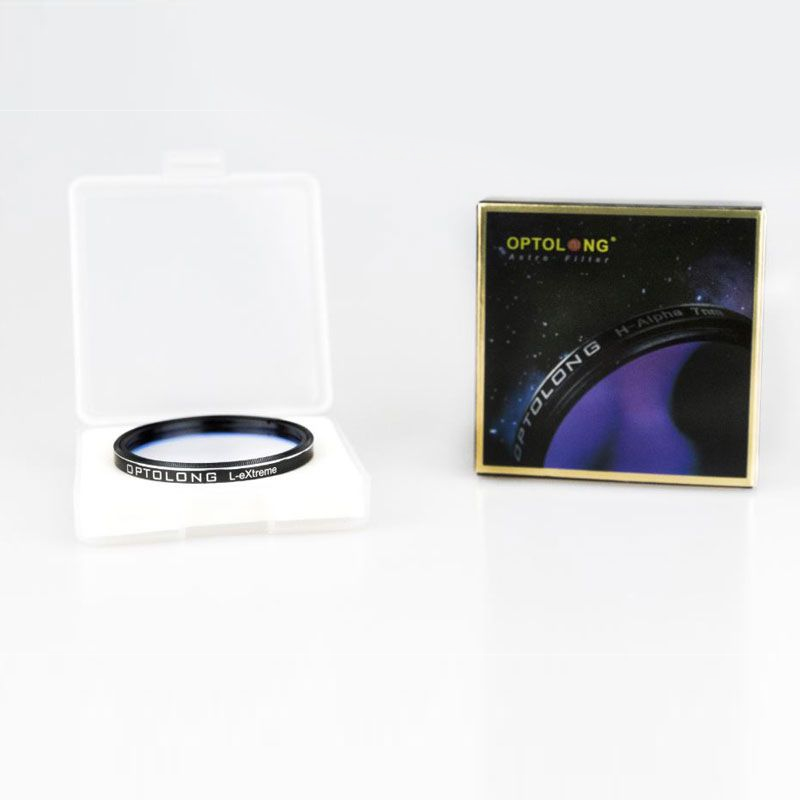Optolong 2" L-eXtreme Dual Band 7nm HA/OIII Light Pollution Filter
Capture Striking Detail with this 7nm Dual Band Filter from Optolong!
Looking to take remarkable narrowband images with your color camera? Look no further than this dual band L-eXtreme filter from Optolong! A great addition to any astroimaging toolkit, this filter isolates Ha and OIII wavelengths, creating striking, highly detailed images. Designed for imaging emission nebulae, enjoy capturing stark detail on planetary nebulae or intricate structure on glowing HII and OIII regions. The 2” diameter and threaded mount make it easy to integrate into your imaging train, while the exceptional build quality from Optolong ensures exceptional performance for years to come. With this Optolong L-eXtreme Dual Band Filter, you’re set up for success!
This high performance accessory isolates Ha and OIII emission lines with remarkable clarity, displaying vivid contrast between each gas. With a narrow 7 nm bandwidth, you can expect stark separation between the background sky and the targeted nebula, making it wonderful for those in light polluted areas! Additionally, this L-eXtreme widens your imaging opportunities, offering outstanding nebulae definition even when the Moon is bright. Through its impressive performance and adaptability, this Optolong L-eXtreme is the ideal choice for astroimagers seeking the precision needed for next-level narrowband images!
The L-eXtreme now features an updated formula which keeps the same excellent filtering performance with enhanced halo suppression. Capture stunning shots of stellar objects even with bright stars nearby or in frame!
A High Performance Astrophotography Filter of the Utmost Quality
Let's Take a Deeper Look!
What sets one filter apart from another? Which filter is best for me? When developing a filter, manufacturers provide a chart that represents the wavelengths permitted through this filter. This gives insight into the filter’s performance, and what it can help you achieve. So, how exactly do I read a transmission chart? Our team has put together a comprehensive article, to help you understand the fundamentals on How to Read a Transmission Chart. Check out the article and feel more confident about choosing the right filter for your needs!
Stunning Detail on Emission Nebulae
This Optolong L-eXtreme is designed to be paired with colored cameras, collecting Ha and OIII wavelengths in one go. As opposed to utilizing multiple narrowband filters with a monochrome camera, this approach is much more efficient, allowing you to produce stunning narrowband images in a more timely manner. This filter shines when used on emission nebulae, such as the Orion Nebula, the Veil Nebula, the Elephant's Trunk Nebula, and plenty more, highlighting the various gasses present within these celestial bodies. Perfect for those in light polluted environments, the slim 7 nm bandwidth blocks out unwanted wavelengths, leaving behind detailed, high contrast images!
Compatible With Almost Any System
This filter is 2” in diameter and houses M48 x 0.75 threads, allowing it to effortlessly integrate into just about any setup! Whether you plan to utilize a filter drawer, a filter wheel, or a threaded connection directly to your telescope, this filter joins seamlessly. Also, the wide surface area fully covers full frame sensors, ensuring even illumination from corner to corner.
Engineered for Superior Performance
Crafted with B270 glass, this Optolong L-eXtreme is built with quality in mind, delivering exceptional transparency within the key wavelengths. Additionally, this filter houses multiple layers of anti-reflective coatings using Ion-assisted technology. This coating technology offers exceptional durability and scratch resistance, while simultaneously providing increased stability along the central wavelength (CWL). With a surface quality of 60/40, you can expect stunning, sharp images!
Astronomy Hub: Your one-stop-shop for Astrophotography Knowledge!
Our Gear Experts have compiled a wealth of information to help expand your astrophotography knowledge! Below you’ll find links to articles, videos and "how-to" guides. Just one more reason that our Astronomy Hub is a one-stop-shop for all your astronomy and astrophotography needs!
| The Effects of Light Pollution |
| 10 Things You Need to Know About Nebulae |
| Choosing the Best Deep Sky Camera |

